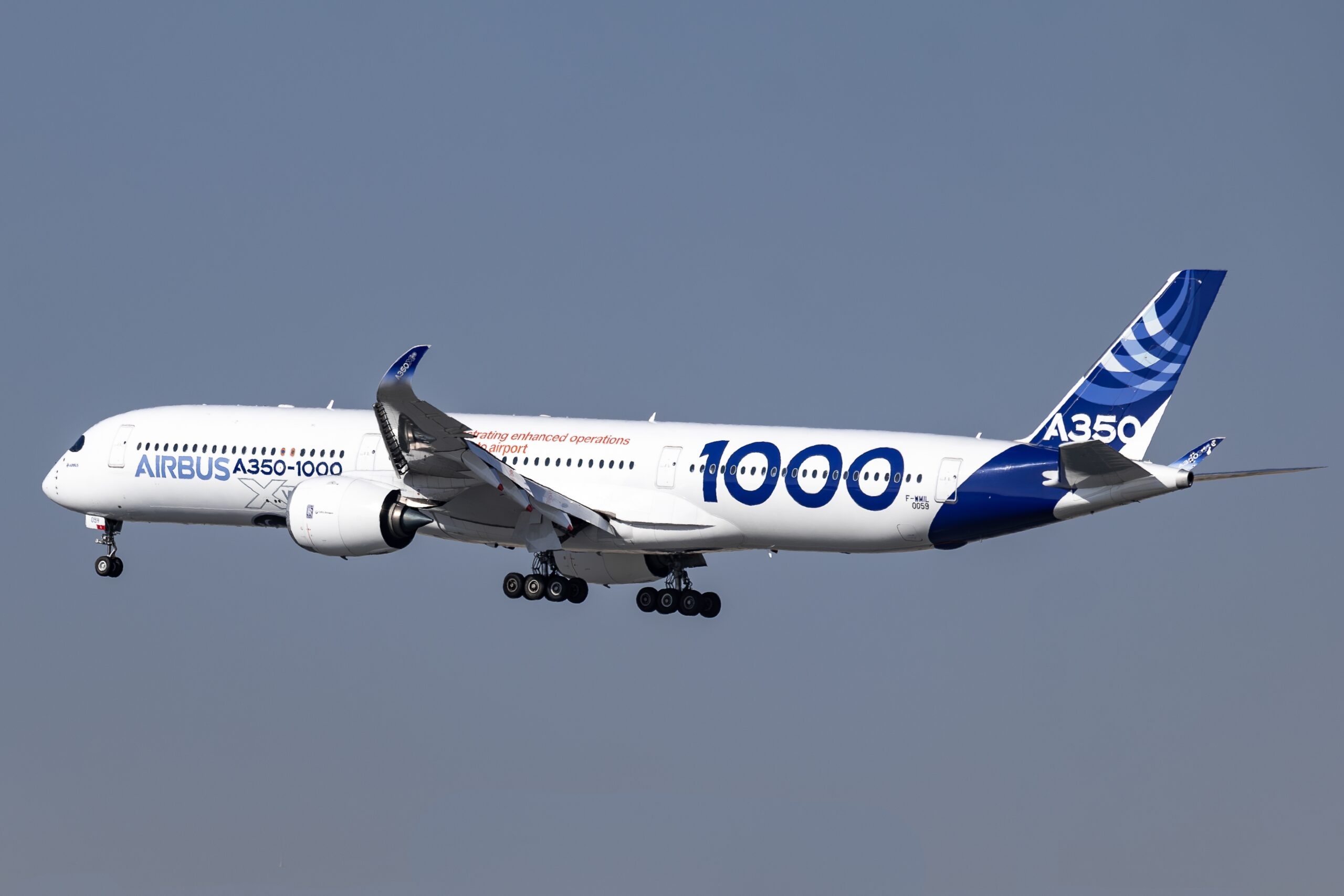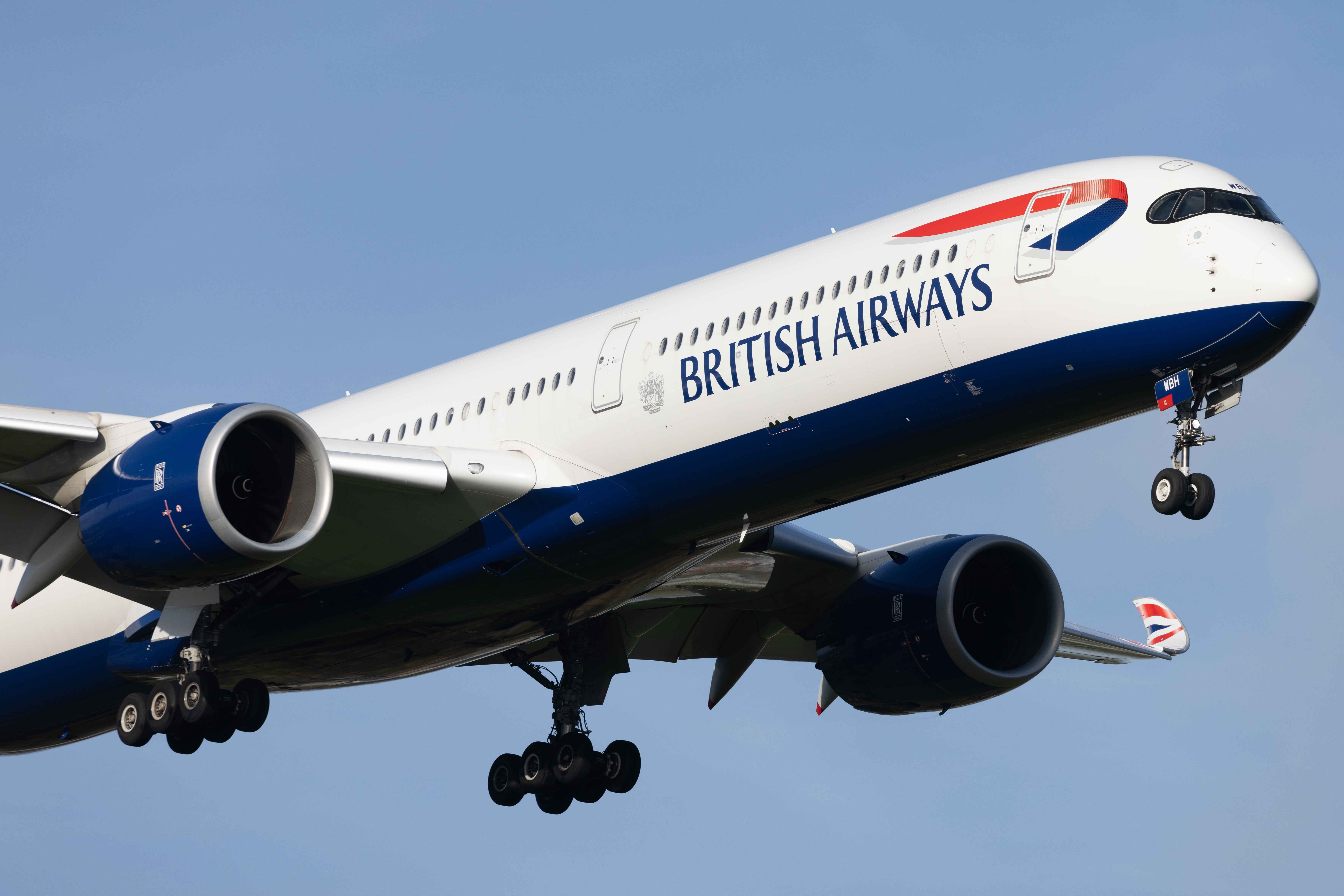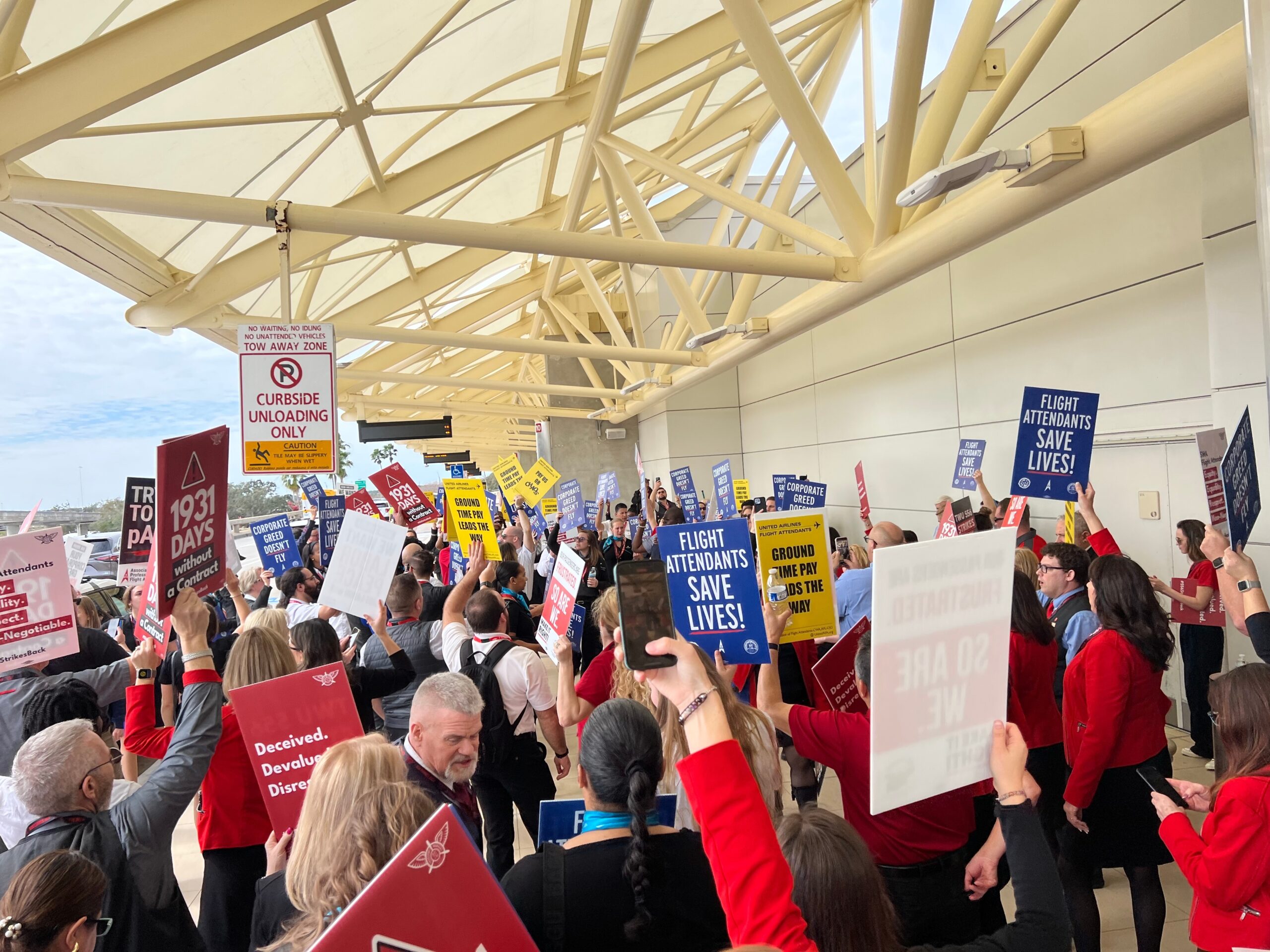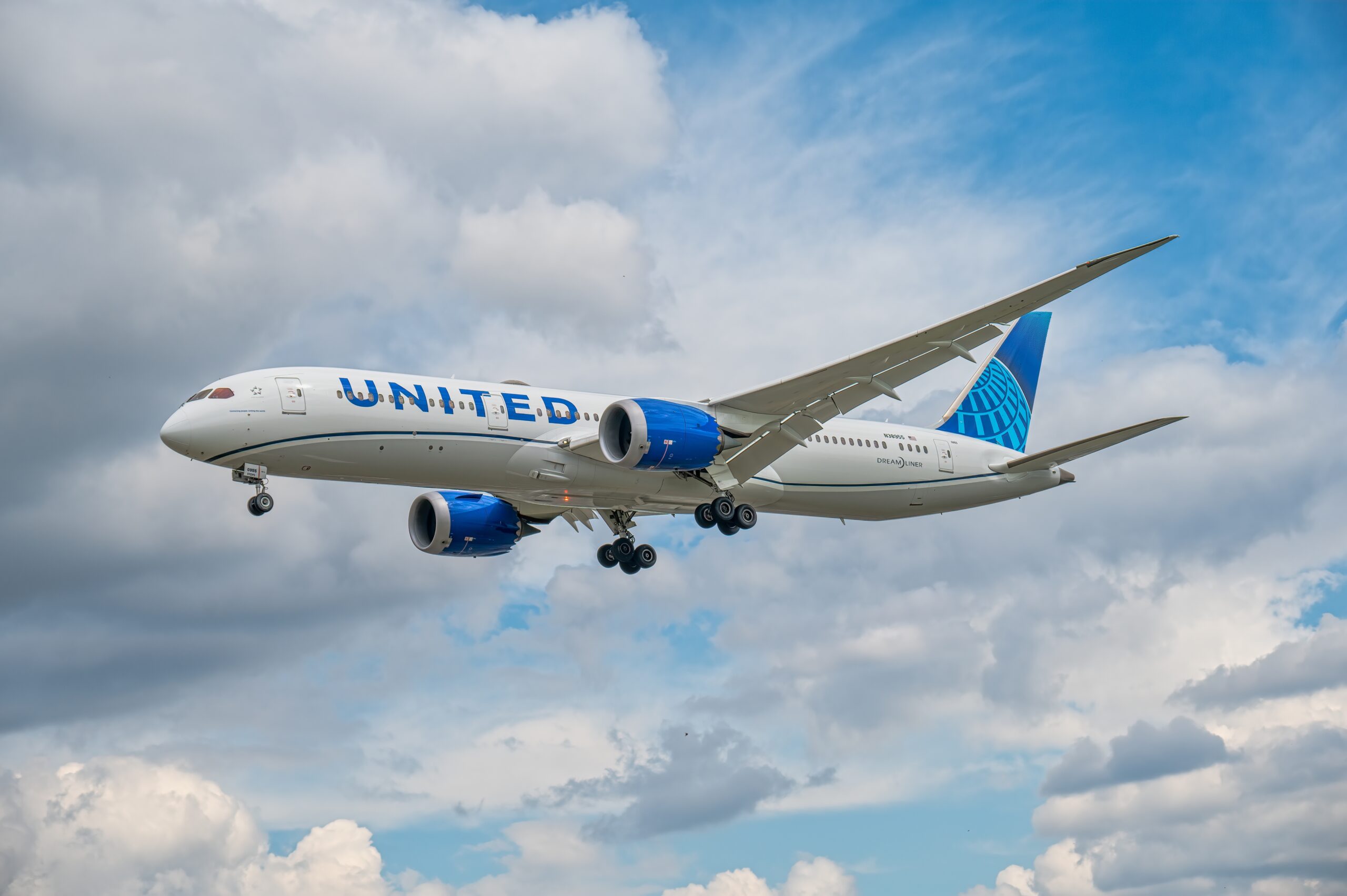Understanding Aircraft Leaseback: A Comprehensive Guide
Aircraft leaseback is an arrangement where an airline or private owner sells an aircraft to a leasing company. The former then leases the aircraft back from the latter. This practice has various implications for cash flow, tax benefits, and operational flexibility.
How Aircraft Leaseback Works
The process starts with an owner who wants to unlock the capital tied up in an aircraft. Instead of taking a loan, they sell the aircraft to a leasing company. The owner then signs a lease agreement to continue using the aircraft. This deal typically includes maintenance clauses, insurance responsibilities, and usage restrictions.
Financial Benefits
Freeing up capital is the primary financial benefit. By converting the aircraft into liquid assets, owners can invest in other opportunities, pay down debt, or cover operational expenses. Leaseback agreements generally allow for predictable monthly payments, aiding in budgeting and financial planning.
Tax benefits can also be significant. In many jurisdictions, lease payments are considered operating expenses. This classification can reduce taxable income, providing further financial advantages.
Operational Flexibility
Aircraft leaseback provides operational flexibility. Airlines or owners can adjust their fleet size without large capital expenditures. It allows them to scale up during peak seasons or reduce fleet size during downturns.
Lease agreements often include clauses for upgrading to newer models. This flexibility can help airlines maintain a modern fleet without incurring large capital costs.
Types of Leaseback Agreements
Several types of leaseback agreements exist, each tailored to specific needs and financial strategies.
- Operating Lease: This is the most common type. The lease terms are shorter, and the airline does not assume the residual value risk of the aircraft.
- Finance Lease: These are long-term leases where the lessee assumes many of the risks and rewards of ownership. The residual value risk falls on the lessee.
- Wet Lease: This includes crew, maintenance, and insurance. It’s a full-service leaseback where the lessor provides all operational aspects.
Key Players in Aircraft Leaseback
Several major companies dominate the aircraft leasing industry. These include AerCap, GECAS, and Air Lease Corporation. These companies purchase aircraft from airlines, lease them back, and often play roles in aircraft fleet management.
Smaller, specialized firms also operate in this market. They tailor leaseback agreements to fit niche markets or specific aircraft types. These firms often offer more customized service but might come with higher costs.
Legal and Regulatory Considerations
Aircraft leaseback transactions are subject to international aviation laws and regulations. Parties must consider airworthiness certifications, safety regulations, and maintenance standards. Compliance with these regulations ensures the continued operational integrity of the aircraft.
Tax implications vary by country. In some places, lease payments may have VAT implications, or different depreciation rules may apply. Understanding the local tax landscape is crucial for structuring an optimal leaseback agreement.
Risks Involved
Though beneficial, aircraft leaseback arrangements carry risks. Market fluctuations can affect aircraft values. If the market value drops significantly, it can leave airlines paying more than the aircraft’s worth.
Legal disputes may arise over maintenance responsibilities or lease terms. Comprehensive legal agreements and clear stipulations can mitigate these risks. Engaging experienced legal counsel is advisable.
Credit risk is another concern. If the leasing company faces financial difficulties, it can impact the security of the leaseback arrangement. Performing due diligence on the leasing company’s financial health is essential.
Examples of Successful Leaseback Arrangements
Many airlines have successfully utilized aircraft leasebacks to improve their financial standing. For instance, Delta Air Lines has frequently used this approach. The airline sells and leases back aircraft to maintain fleet flexibility and manage cash flow.
Similarly, Ryanair has leveraged this strategy. The company capitalized on favorable market conditions to negotiate beneficial leaseback terms. This approach helped them maintain a competitive edge in the low-cost carrier market.
Future Trends in Aircraft Leaseback
With increasing economic fluctuations, more airlines are considering leasebacks. The trend towards short-term and flexible leasing options is growing. Companies are looking to mitigate risks and adapt to changing market conditions more effectively.
Technological innovations are also influencing this market. The use of blockchain for transparent and secure leasing contracts is on the rise. This technology aims to reduce fraud and streamline the leasing process.
Additionally, the demand for sustainable and eco-friendly aircraft is shaping leaseback agreements. Airlines are prioritizing deals that allow for upgrades to more fuel-efficient models.
Understanding these trends can provide valuable insights for airlines and investors. Keeping abreast of market changes ensures that leaseback strategies remain effective and aligned with broader industry shifts.






